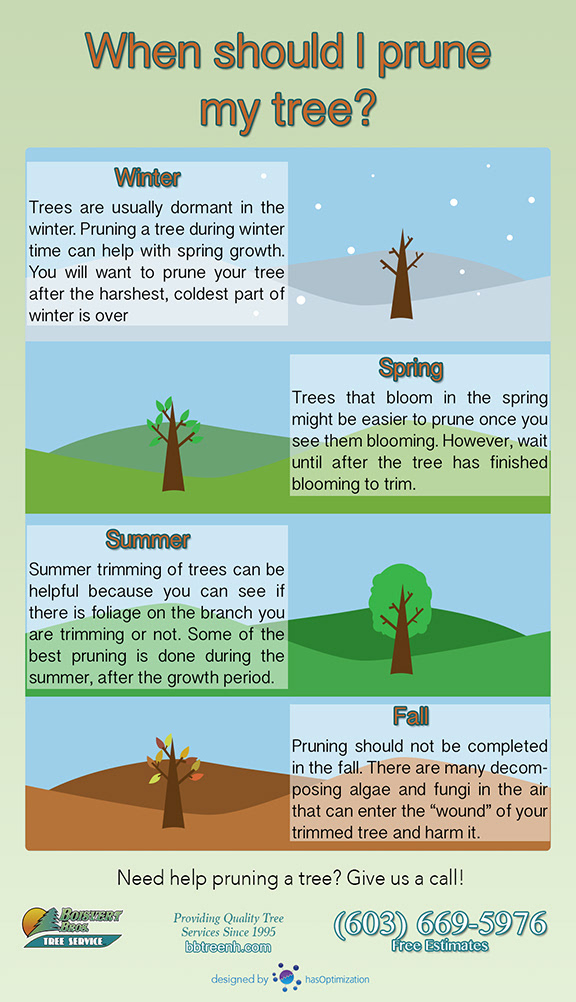Be On The Lookout For Vital Indicators That Suggest Your Tree Could Pose A Risk; Recognizing These Can Secure Your Home And Family.What Should You Check Next?
Be On The Lookout For Vital Indicators That Suggest Your Tree Could Pose A Risk; Recognizing These Can Secure Your Home And Family.What Should You Check Next?
Blog Article
Material Produce By-McDonald Skovsgaard
When it concerns tree treatment, identifying the indications that it's time for removal is necessary for your safety and security and building. https://pamplinmedia.com/cr/439728-352129-oregon-city-parks-director-resigns-after-city-felled-350-year-old-tree- might discover stained fallen leaves, wilting branches, or odd fungal growths suggesting illness. Architectural problems, like a significant lean or splits in the trunk, can also position risks. Recognizing these warning signs can aid you make notified decisions concerning your trees and prevent prospective hazards lurking in your yard. What should you look for following?
Indications of Degeneration and Condition
When you observe indications of degeneration and disease in your trees, it's critical to act promptly. Seek stained fallen leaves, wilting branches, or unusual growths like fungus. These can indicate that your tree is having a hard time.
If you see cracks in the bark or soft, mushy wood, these signs suggest interior degeneration. In addition, an unexpected boost in bugs around your tree can signal that it's damaged and susceptible.
Look for any dead or passing away limbs, as they posture a danger to your property and security. If you're uncertain concerning what you see, getting in touch with an arborist can offer quality.
Dealing with these indications early can conserve you from a lot more considerable damages and make sure the health and wellness of your backyard. Do not wait until it's too late.
Structural Instability and Leaning
As you observe your trees, keep an eye out for any signs of structural instability or leaning. If a tree leans substantially, it might show that the root system is compromised.
Look for any kind of cracks in the trunk or soil around the base; these can signify possible failing. Additionally, look for uncommon growth patterns, like an unbalanced crown, which might recommend that the tree is struggling to hold itself upright.
If you discover that the tree favors your home, power lines, or other frameworks, it poses a higher risk. Do not disregard these indicators-- speak with an arborist to evaluate the scenario.
Doing something about it early can stop costly damage and ensure your safety.
Dead or Perishing Branches and Foliage
If you observe dead or dying branches and vegetation on your tree, it's a clear sign that something's incorrect.
Average Cost For Tree Removal can show underlying problems like disease, insect invasions, or ecological tension. When branches lose their fallen leaves or turn brownish, they're no more contributing to the tree's health. Ignoring these indicators could bring about additional decline, making your tree a lot more harmful.
Dead branches can quickly break short during storms, presenting a threat to property and individuals nearby. It's vital to analyze the extent of the damages.
If the issue influences a considerable part of the tree, consider consulting a professional. They can help establish if elimination is necessary to ensure safety and maintain the beauty of your landscape.
Final thought
If you discover any signs of degeneration, architectural instability, or dead branches on your trees, do not overlook them. These indications can present serious security risks to you and your residential property. It's constantly best to seek advice from a specialist arborist that can give a professional evaluation of your trees. Taking action early can protect against crashes and expensive damage, ensuring your landscape stays safe and healthy. Remember, it's far better to be aggressive regarding tree care than to await a disaster to take place.
